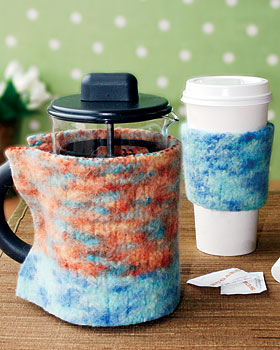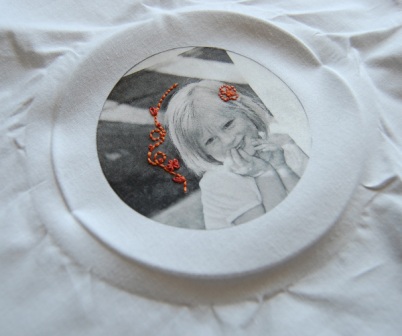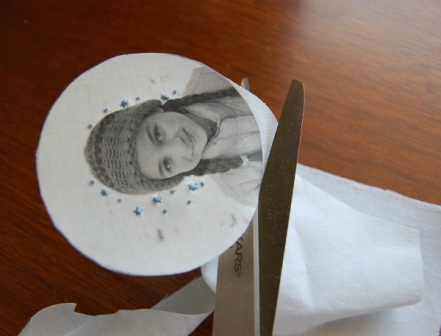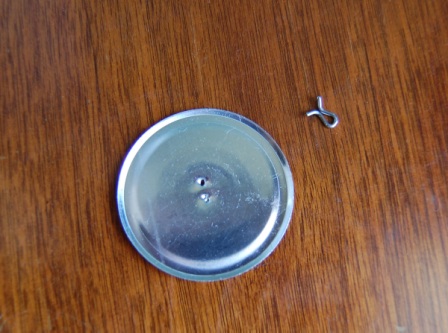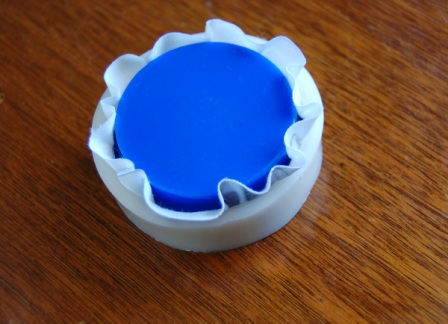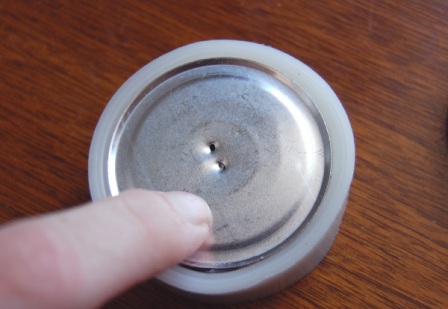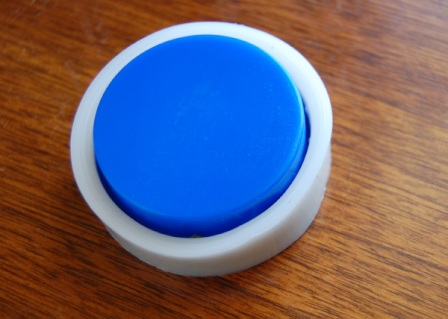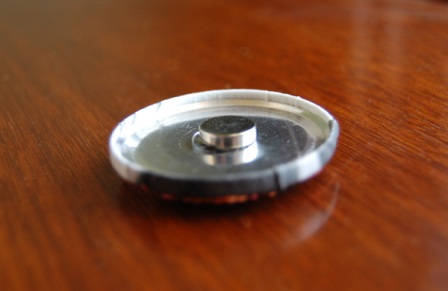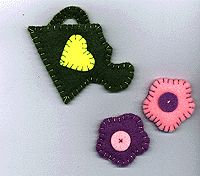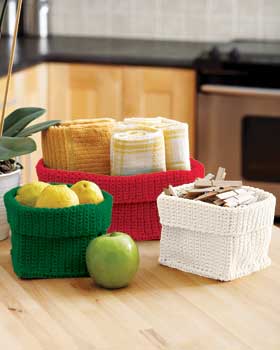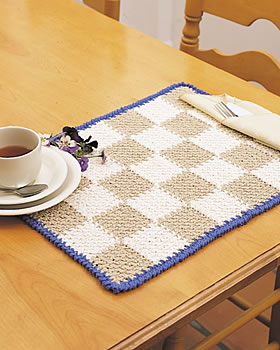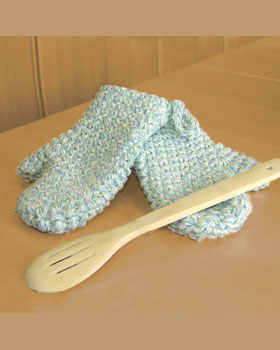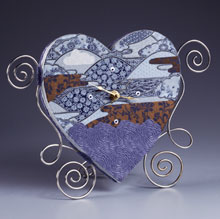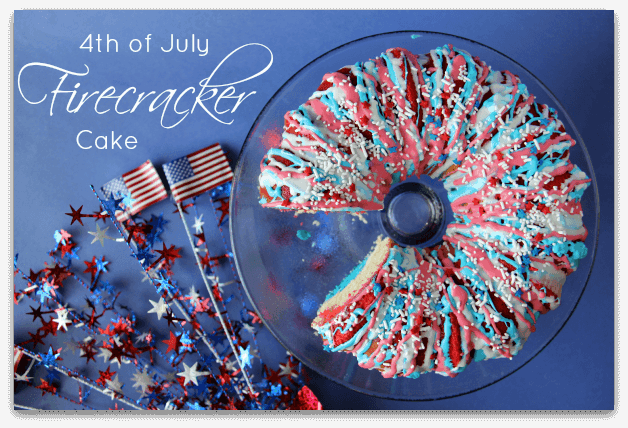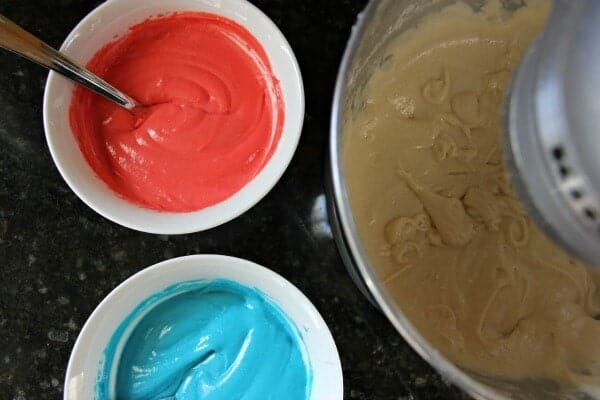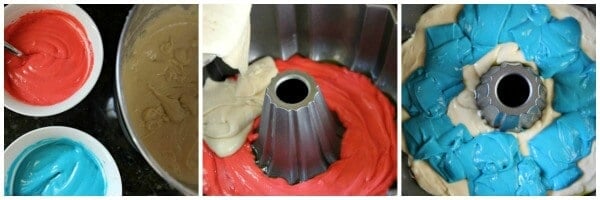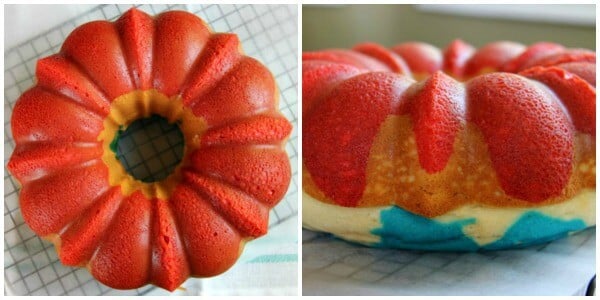
Free Craft Projects - Bubble Gum Bouquet
Copyright © 2007-2008 Incredible Edible Crafts.
This delightful craft project was kindly contributed by Lana Glass of Incredible Edible Crafts. Please contact Lana with any questions regarding this project.
Materials used: a flowerpot, Dubble Bubble Gum, blue cellophane, polka dot cellophane, floral foam, blue plastic grass or blue shredded paper, stem wire (16 or 18 ga), yellow curling ribbon, scotch tape, glue dots, and tools (scissors, serrated knife, and wire cutters).
Edible Crafts: Make Candy Bouquets and Centerpieces For Fun & Profit.
Step 1. Take a flowerpot. It can be any flowerpot you like. I chose a yellow and blue ceramic flowerpot (5.5� in diameter), because it goes well with the yellow and blue wrappers of the bubble gum pieces.
Step 2. Cut the floral foam to the proper size so it will fit tightly in the flowerpot. Cut a piece of blue cellophane, and then put the piece of floral foam in the middle of this cellophane piece. Gather the cellophane up around the foam and insert it in the pot. The foam should be about 1� lower than the edge of the pot.
Step 3. Cover the foam with blue plastic decorative grass or shredded blue paper.
Step 4. Make several bubble gum flowers. a) Take stem wire (16 or 18 ga) or bamboo skeweres, Dubble Bubble gum pieces, floral tape, scissors, and wire cutters.
b) Join 3 bubble gum pieces to each stem using green floral tape. First join a piece of candy to the end of the wire/bamboo skewer. One or two inches down the wire or skewer attach the second piece of candy. Go down another one or two inches and attach the third piece of candy on the opposite end of the second one. If you use a bamboo skewer, wrap the rest of the skewer with floral tape so it is completely green. With green stem wire it is not necessary. I made 10 bubble gum flowers. Three of them are taller than the others; they will be placed at the back of the bouquet.
Step 5. Wrap the bubble gum flowers in cellophane. a) Cut a square piece of polka dot cellophane. In my case I used 7� x 7� pieces. b) Carefully poke the bubble gum stem through the center of a cellophane piece, or fold the cellophane square in half and fold it in half again across the first fold and cut the tip off the corner. You will end up with a small hole in the center of your unfolded cellophane piece.
c) Pull the cellophane into a cone shape it should be just beneath the bubble gum pieces and tie it with a piece of yellow curling ribbon. Fluff the cellophane out. Decorate all of the bubble gum flowers this way.

Step 6. Insert the bubble gum flowers into the pot. The tallest flowers go in the back. Arrange the flowers in a way you find attractive.
Step 7. You may want to add additional pieces of blue cellophane into the arrangement (in the back, in the middle, etc.) to create a fuller bouquet using floral picks. Take cellophane and cut rectangular pieces. Take one of the rectangles and loosely fold it in half the short way and then in half the long way. Take a green floral pick, put about 1/2" of the closed corner of the cello piece against the blunt end of the pick, and wrap the wire tightly around it. Fluff the cellophane out. Now the cello or tissue paper piece is ready to be inserted into the floral foam.
Your bubble gum bouquet is ready!


